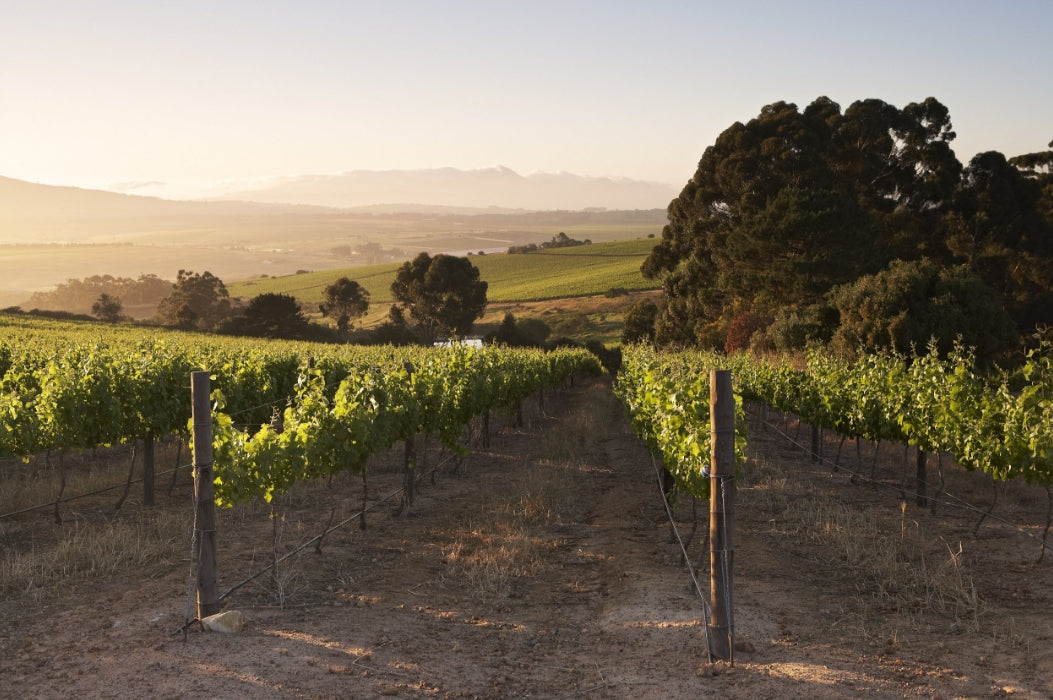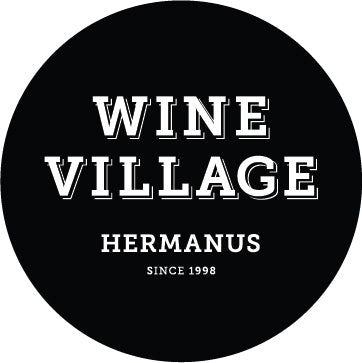
Land as Brand
Share
What does the word “France” conjure up in your mind? Maybe a beret, maybe a baguette, maybe that culinary mouse. But – and since you are reading a wine column –likely also wine. What does the word “Bordeaux” conjure up? And Burgundy, Champagne and Chablis? The powerful ownership that certain regions of France, Italy, Germany and Spain hold over wine and styles of wine is immense.
Of course, it did not happen “overnight” and the wines from these regions are multiple centuries older than our wine industry. They also helped to concretise their place in the wine world by being (or becoming) very clear about what styles of wine they produce. Champagne is bubbles. La Rioja is tannic red wine. Jerez is sherry.
From the outside, we are told that (on the positive), South Africa stands for Table Mountain, Nelson Mandela, Cape Town and game parks. I have never heard anyone say that South Africa stands for wine, nor Cape Town, but I am pretty sure Stellenbosch is a placeholder for wine in the rest of the world. Ditto Franschhoek. Possibly Paarl.
So, one quickly reaches the realisation that we have a long way to go to create powerful associations between most of our wine-growing areas and “wine” in the mind of the visitor, or even citizen. It is then another degree of detail to add a smaller demarcation of area, like a ward (a smaller part of a wine region).
Wards are demarcated on our wine “map” when a smaller part of a region has a real geographic and climatic point of difference to the other parts of a bigger region. You may be familiar with the three wards of the Hemel-en-Aarde – the Valley, the Upper and the Ridge. The wines from these wards display differences in character that are subtle but are becoming more and more delineated – also because the wineries are motivated to bring the character of their ward to the fore, as a point of difference.
At a recent launch of the new Raats Family wines Cabernet Franc, called “Vlag”, Bruwer Raats explained that his journey of place started with “South Africa” on his back labels, then “Stellenbosch” and now “Polkadraai Hills,” the ward. He reckons some call him foolish in this specificity, but he firmly believes in the uniqueness of this piece of land, and that everyone else will too, in time (although he admits that this may take longer than his lifetime).
Fine wine is a product of people, time and place. It is an expression of culture that combines nature with humans to create a product that is interpretive of a specific place and a specific vintage. So, by extension, the finest wines need to aim to show the most clarity. And it starts with knowing the place.
